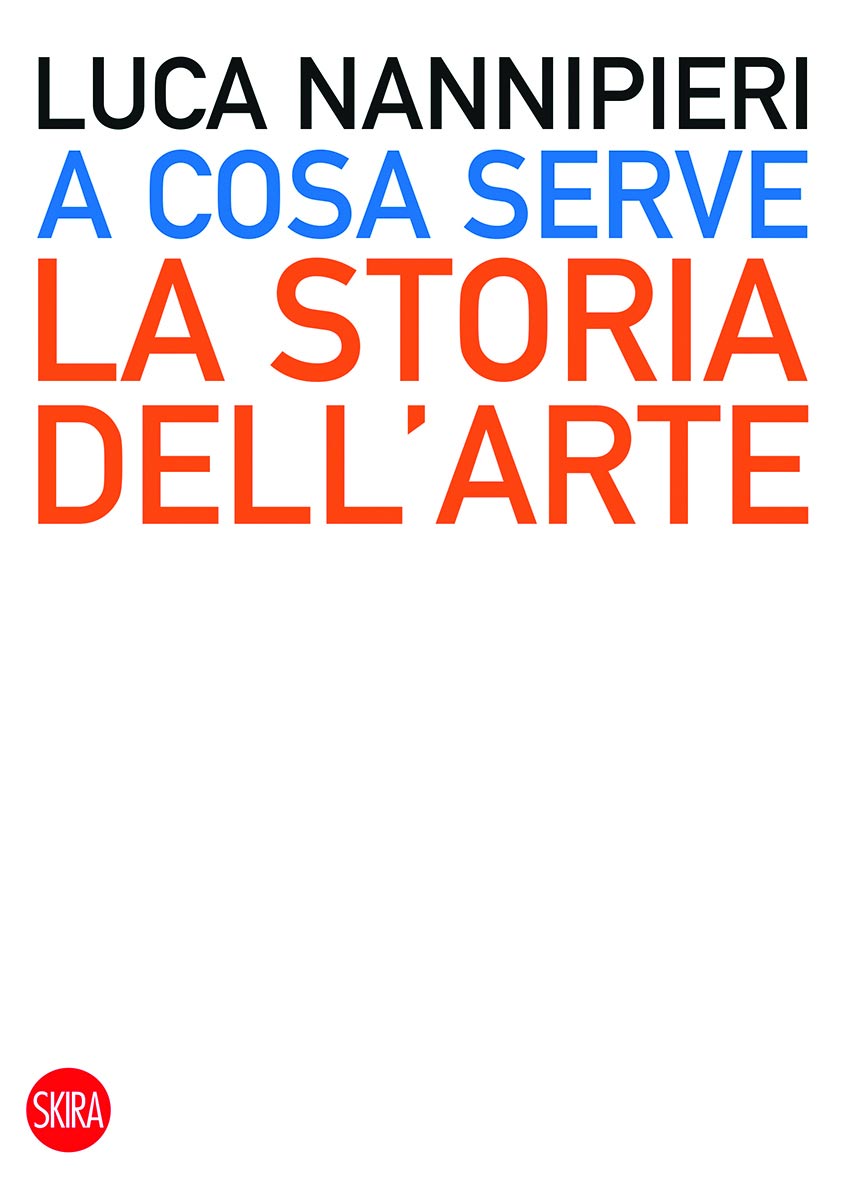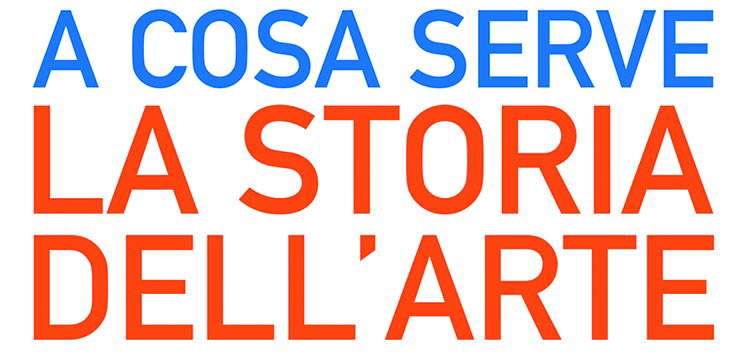White cover, written in block letters to focus the reader on the topic that art critic Luca Nannipieri, addresses with his new book, What Art History is for, published by Skira (224 pages, 19 euros, ISBN 9788857244624). Why is it important to study and learn about art history? What is the function of art criticism today? Why is it essential to think not only about the art of the most visited and celebrated museums, but also about the art preserved in small museums, in provincial churches? And why is art so fundamental to communities, and how can communities save their artistic heritage? These are some of the questions Nannipieri poisons to the reader.
Art history needs not only specific studies on artists, movements, styles, centuries, geographies and trends, but also books that are able to question the foundations of the subject, Nannipieri argues. The 21st-century art historian must therefore ask himself who he is working for, what his task is, he must be able to be mindful of the reasons why artifacts and works are being preserved, and the same is true for the public and communities, especially at a time when art, in different parts of the world, is being destroyed, and all the more so at a time when people are effectively prevented from accessing art for health reasons.
 |
| The cover of the book |
In What Art History is for, Nannipieri aims to open a reflection on the social responsibility of the art historian and critic by comparing his thinking with that of some of the great founders of the discipline, such as Johann Joachim Winckelmann, Alois Riegl, Max Dvořák, Alois Riegl, Heinrich Wölfflin, Bernard Berenson, Erwin Panofsky, Arnold Hauser and others, as well as with great directors who made the history of Italian museums (e.g., Franco Russoli, Palma Bucarelli, Ettore Modigliani, Fernanda Wittgens) and art historians such as Pasquale Rotondi, famous for saving several works during World War II.
“The art critic, the art historian,” Nannipieri writes, “must act, condition, direct, shape, germinate, found. Here, he must be a founder. A founder of places, of spaces, that were not there before. Places and spaces, public or private, that have needs, that are needed. A museum, a gypsoteca, an archaeological site, a monumental site, a contemporary art space, an architectural and urban planning challenge, a library that was not there before and absolutely needed in a country where it was lacking. This is what an art critic, an art historian has to do. Found. Build. Design. Have a vision. To be almost competitive with God in creating necessary places. If he merely judges, comments, who cares: he is useless. If he merely writes about artists, who cares. Better - no doubt - the charcuter, the railroader, the teacher, the architect, the tailor, the printer. Each of them responds to a need. If the critic and the art historian (the two terms are equivalent) are only to judge, let us leave them in the public irrelevance of the art of judging. They will be increasingly marginal and increasingly inessential. Because it is not clear what they are for.”
The book’s author, Luca Nannipieri, an art critic, has already published with Skira the book Capolavori rubati, from the TV column of the same name given to RaiUno’s Caffè, while from the SOS Patrimonio artistico column, Rai Eri published the book Bellissima Italia. Splendors and Miseries of the National Artistic Heritage. His other books include those attached to the newspaper Il Giornale, such as L’arte del terrore. All the secrets of international smuggling of archaeological artifacts, Let’s Sell the Colosseum. Why privatizing the artistic heritage is the only way to save it, The Italian Art Soviet. Why we have the most nationalized and least valued artistic heritage in Europe. He directs Casa Nannipieri Arte, curating exhibitions and conferences.
 |
| What art history is for. Skira publishes Luca Nannipieri's new book. |
Warning: the translation into English of the original Italian article was created using automatic tools. We undertake to review all articles, but we do not guarantee the total absence of inaccuracies in the translation due to the program. You can find the original by clicking on the ITA button. If you find any mistake,please contact us.